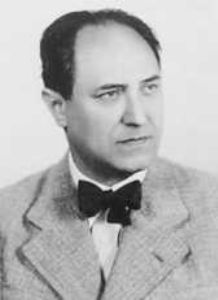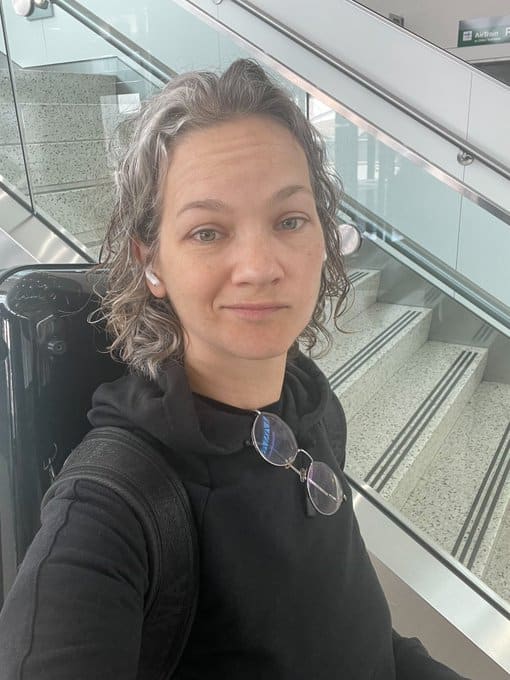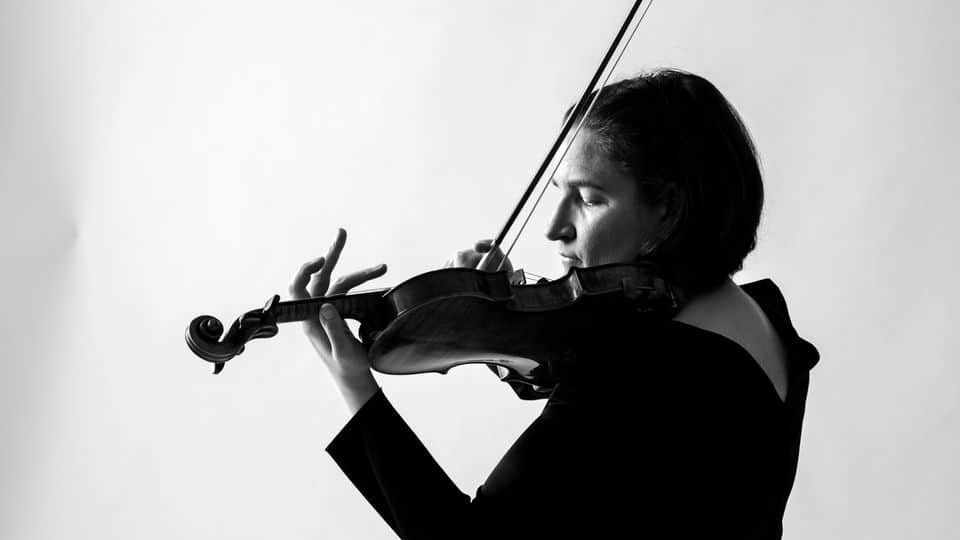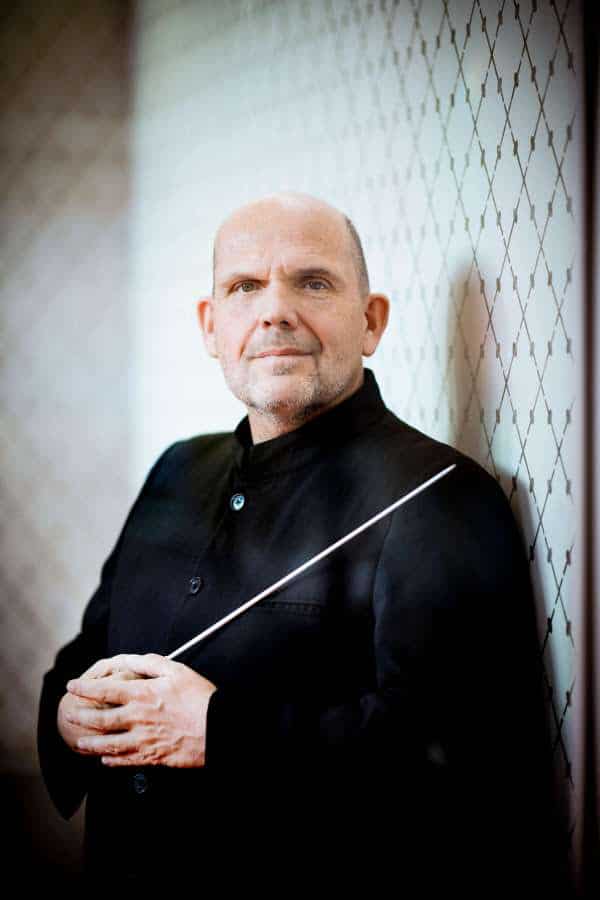This composer did more than any conductor to shape America’s orchestral sound
mainFrom the Lebrecht Album of the Week:
Georg Solti used to say that Leo Weiner (1885-1960) was his best teacher in Budapest. Since his other professors at the Franz Liszt Academy included Bela Bartok and Zoltan Kodaly, this was no small compliment. Weiner… was a selfless bachelor who took vicarious pleasure in his pupils’ successes and was reluctant to promote his own works. Solti aside, his students included the conductors Eugene Ormandy (Philadelphia), Fritz Reiner (Pittsburgh, Chicago), Antal Dorati (Minneapolis, Detroit, Washington) and the cellist Janos Starker (Cleveland). He may have done more than any individual conductor to shape the sound of the modern American orchestra…
Read on here.
And here.
In The Critic here.
In Spanish here.
And here in Portuguese.
In Czech here.
And finally in French.






I think Antal Dorati began re-shaping American orchestras at the Dallas Symphony, and brought in solo cellist Janos Starker to help him, where I first heard them. Walter Hendl was his assistant conductor and successor.
Dorati was one of several highly talented conductors to come out of the Ballets Russe de Monte Carlo, including Vladimir Golschmnn and I think Anatole Fistoulari, born in Odessa of all places. Dorati had earlier recorded Boccherini’s delightful “Scuolo di Ballo” in Britain.
Leo Weiner sounds a lovable man, composer, and teacher. Every modern Hungarian musician studied either with him, Kodaly, Bartok, or all three.
Another of Leo Weiner’s pupils to have gained fame in America and elsewhere was cellist Edmund Kurtz, a formidable influence on the repertoire for the instrument, and a member of a family of many significant musicians.
Weiner wrote much chamber music including violin and piano sonatas and string quartets. I really have no excuse; this is music I do not know and need to explore.
David, Edmund Kurtz, a fine cellist, recorded Rachmaninoff’s cello sonata for RCA with William Kapell. Were he and conductor Efrem Kurtz related?
Kapell was to have played that sonata with Joseph Schuster in San Francisco on April 1, 1954, in Spencer Barefoot’s celebrity concert series, but fate intervened.
Greg Bottini, a well-argued case for shapers of U.S. orchestral sound. Still, it was a lot of Hungarians!
I don’t believe that Starker played in Cleveland, but he did do one season as principal in Dallas (under Dorati), a few years as principal at the Met (under Reiner), and then a few years as principal in Chicago (also under Reiner). G’mar chatima tova!
Thanks, Liam!
Starker was never a member of the CO. Another Weiner student was the much-lamented Istvan Kertesz.
I should have added that Jules Eskin, who was in a sense a protege of Starker during their time together in Dallas, was principal in Cleveland for 4 years before joining the BSO.
“THIS COMPOSER DID MORE THAN ANY CONDUCTOR TO SHAPE AMERICA’S ORCHESTRAL SOUND”
Absolute nonsense.
Stokowski, the Damrosches, Theodore Thomas, Frederick Stock, Muck, Koussevitzky, Monteux, and Toscanini were all active – and highly influential – in the USA long before any of Weiner’s students. THOSE were the real “shapers of America’s orchestral sound”.
(And Solti, God forbid? With his overbearing, blaring brass and his wooden sense of rhythm and phrasing? Puh-leeeze. He wrecked Reiner’s – and Martinon’s – beautiful sound in Chicago.)
The truth is probably a mix of all things, including Weiner’s students. However, I’m in 100% agreement on your point about Solti and his overall negative effect on the Chicago Symphony. It’s not a popular opinion, but I think there’s a lot of truth in it.
Weiner also wrote an interesting orchestration of Liszt’s b minor sonata. But his most lasting influence was probably through his chamber music interpretation class. 18 years ago I was in the audience of a string quartet master class being given by the Takacs Quartet at the Music Academy of the West. My erstwhile piano teacher, who had been a student of Dohnanyi, Bartok and Weiner, was also there. I think it was Karoly Schranz who was coaching a student quartet and urged them, in a slow movement (alas, I don’t remember which 19th century work), to play out the notes to their full length where not indicated otherwise. After the class, my teacher, her eyes seeming unusually wistful, said “that moment made me feel I was in Weiner’s class again!”
She also said that he was universally beloved as man and teacher.
By the way, that “MAV” in the orchestra’s name stands for Magyar Allami Vasut, or Hungarian State Railways. I don’t believe they receive a subsidy from the railways anymore — nor are their musicians railway employees on their off hours — but keeping the MAV in the name is a nice historical link.
Absolutely! I have always enjoyed conducting his Divertimenti both here and in Europe. Next April with Sinfonia Toronto we have a concert titled Divertimenti where Leó Weiner will put in the last word and smile:)
I think Ormandy loved the VPO’s string sound.
If I could attach a photo here, it would be the one of Solti’s memorial statue in front of the beautiful Liszt Academy of Music, which is the institution where the members of that legendary list were all educated and (some) became professors. I feel lucky that I can walk by this beautiful edifice almost every day in my life in Budapest.